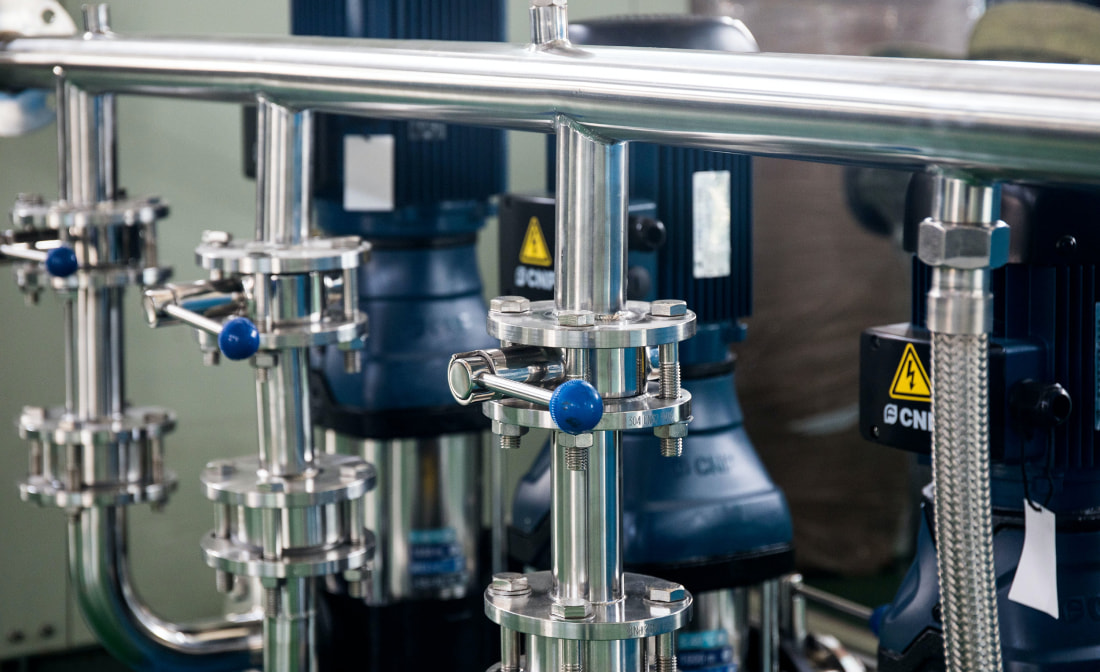There are various production models manufacturers can stick to, depending on the industry and company size. The most popular ones are make-to-order and make-to-stock approaches, which may have a lot in common at first sight. However, there’s a crucial difference between them when it comes to production planning and management.
In make-to-order workflow, goods are produced at individual orders and can be highly customized, while in the make-to-stock approach, the number of produced goods depends on a demand prognosis. These two workflows influence many aspects of a manufacturer’s business, including supply chains, production planning, technological processes, etc.
Production can be classified in many ways. For instance, the classification can be made in dependence of technologies or production time cycles. Make-to-order and make-to-stock represent the classification in terms of the business model of production companies, because some businesses combine both types mentioned above, but still companies using make-to-order model show better financial results in different international markets.
This article compares make-to-order and make-to-stock models and discusses how automation solutions can help production companies improve overall efficiency.
Order processing and management
Both make-to-order and make-to-stock models have peculiarities connected to order processing and management. For make-to-stock production, companies can pre-define product parameters and characteristics: i.e., different items like furniture can have predefined "color." 1C:Drive helps such manufacturers optimize this process using the product characteristics generator based on predefined characteristics and their types. Also, make-to-order manufacturers use built-in order progress reports and demand planning tool to plan materials procurement, usage, and the completion time.
Production planningMake-to-stock manufacturers focus on production before the actual orders are received. In this case, the output level planning mainly relies on forecasting demand as accurately as possible. Historical records and real-time data can help determine the optimal amount of items and reduce waste due to overproduction.
Make-to-order businesses only start manufacturing products after they receive a customer order. Production planning can be more complicated than mass production because order can be either standard or unique, requiring specific equipment, materials, and employee resources. Besides, it is crucial for manufacturers to accurately assess the cost of each product before they get down to production so that deviations from the initial quote are minimal. Very often, the planning actually starts during the negotiations with the customers.
Automating these processes can be really helpful. For example, with ERP solution for make-to-order, manufacturers enjoy full control of the production planning. They can fulfill more orders simultaneously by keeping track of production resources, prioritizing, scheduling, and monitoring the status of production orders.
Warehouse stocksAs already mentioned above, a make-to-stock strategy focuses on matching the warehouse stocks with anticipated consumer demand. The crucial thing is to forecast future demand and ensure that the inventory in stock is sufficient. If the demand is lower than expected, this leads to overstocking and wasted money, while high demand might result in failing to fulfill it.
In a make-to-order workflow, the completed items are not stored in the warehouse but manufactured especially for a particular purchase order and shipped to the customer straight away. However, there’s a problem of sufficient materials stocks and human resources, which also requires demand analysis. The manufacturing process can also be affected by changes in delivery terms.
Warehouse inventory management system allows you to optimize warehouse usage by tracking and controlling the availability of production resources. You can buy materials based on customer demand analysis, which helps keep your warehouse lean.
Operational analysisMake-to-stock businesses are susceptible to any mistakes in calculations for demand, inventory, and production capacity. Make-to-stock production implies many subprocesses that need to be optimized for seamless product flow. This is why operational analysis is crucial to ensure everything runs smoothly.
Make-to-order production companies are often challenged with different things, like finding production growth points, cutting costs, and optimizing resources. In this case, operational data analysis and comprehensive reports can help get insights on how to deal with these issues and unlock growth potential.
This is precisely where ERP can be indispensable. With 1C:Drive, make-to-order businesses can optimize resources, monitor material stocks, and determine bottlenecks. For example, with data on hand, managers and business owners can get insights on whether it is necessary to add new equipment or how the existing one can provide a higher ROI.
Companies that use 1C:Drive can assess costs using multiple parameters. The list includes:
-
Production costs. The factual costs for the item creation.
-
Payroll. Usually, it is not included in the costs of goods sold. However, payroll could be accounted for among other indirect costs.
-
Indirect costs. Calculated based on normative values.
In the make-to-stock model, the product can be shipped out to customers as soon as they have placed their order, which is quite convenient since it reduces the customers’ waiting time. Order management is mainly concerned about accurate picking and fast delivery multiplied by a huge number of orders.
Make-to-order workflow requires effective order tracking and real-time control. Often manufacturers have to prioritize customers’ orders since their production capacity is limited. Managing delivery dates and reacting to sudden changes is also essential.
|
